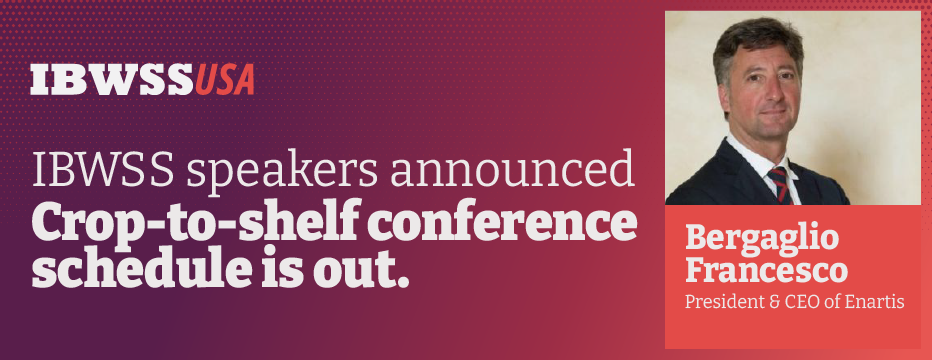Sommeliers Choice Awards 2023 Winners
Who’s Driving World Wine Consumption?
A new industry report has revealed how much wine is being produced each year—and who’s drinking it. The findings may surprise you.

By WILL LYONS
Jan. 28, 2015 11:13 a.m. ET
How many bottles of wine do you think were produced last year? A friend and I were trying to figure out an answer to this question over supper the other day. I won’t embarrass myself by revealing how far off I was, but let’s just say it was by a very long way.
The latest figures from International Wine & Spirit Research (IWSR), a London-based drinks research group, in a report commissioned by Vinexpo, estimate that in 2013, 3.2 billion cases of wine were produced. That’s 38.4 billion bottles—quite an astonishing number. The majority, 54%, is red wine, compared with 37% for white and 9% for rosé.
Who drinks it all? The quick answer is Europe and the U.S. But if I were to ask you to name the No. 1 wine-consuming country by volume, I suspect you might guess France. Wrong.
According to the IWSR, the U.S. is still the biggest market by volume, drinking a total of 339 million cases of wine in 2013. This was above France’s 296 million cases, Italy’s 288 million, Germany’s 274 million and China’s 144 million (which made it the world’s fifth largest consumer of wine). The U.K. came in sixth, drinking a total of 133 million cases.
Per capita wine consumption is perhaps the more interesting figure. Here, Italy leads the pack, ahead of France, Switzerland, Portugal and Austria. In terms of total market value (which nation spends the most on wine), the top three are the U.S., France and the U.K., with Britain forecast to increase its spending over the next three years, nudging France into third place. The IWSR predicts that by 2018, the top two still-wine markets by value, the U.S. and U.K., will be worth $33.2 billion and $17.1 billion respectively.
I find these figures fascinating. It’s not just the sheer scale of the global wine trade, but in a world that’s increasingly looking toward new markets in Asia, it also emphasizes the importance of traditional markets like the U.S. and U.K.
“The U.S. is the biggest market in the world for wine and will remain the biggest market up to 2018 by quite a margin,” says Humphrey Serjeantson, a senior analyst at the IWSR.
“What we are seeing in the U.S. is that it is increasingly common for millennial consumers to drink wine with meals. But there is no doubt consumers in the U.S. are becoming more knowledgeable and educated about wine.”
Sparkling-wine consumption was led by the Germans, who drank 46 million cases of fizz in 2014. They beat out France, at 30 million, and Russia (traditionally a large market for Champagne), which consumed 26 million cases. The U.S. was fourth, with 18 million cases, and the U.K. fifth, consuming 11 million cases—incredible given the difference in population of the two countries.
Although the U.S. and Europe are strong at the moment, Mr. Serjeantson says that European consumption is set to decline due to a change in lifestyle factors, such as greater awareness of drunk driving.
China, meanwhile, saw a 69% growth in wine consumption from 2009 to 2013 and is forecast to grow by almost 25% from 2014 to 2018. Good news for wine producers, as someone has to drink all that wine.
Source | wsj.com







